Administrative Law
₹395.00 Original price was: ₹395.00.₹375.00Current price is: ₹375.00.
| Author: Deepak Kumar Srivastava | Language: English |
| Edition:Latest | Binding/Format: Paperback |
| Publishing Year: 2025 | Publisher: Taxmann Publications |
In stock
Administrative Law offers a comprehensive and student‑oriented treatment of administrative law—beginning with its evolution, nature and scope; moving through core doctrines such as separation of powers, rule of law and judicial review; and culminating in specialised themes including delegated legislation, principles of natural justice, public/private law remedies, state liability, and transparency mechanisms like the RTI, Lokpal and the CVC. The approach is comparative and doctrinal, blending Indian materials with UK and US perspectives (e.g., dedicated sections on the development of administrative law and on delegation across these jurisdictions), while keeping the analysis grounded in Indian constitutional structure and institutions. The work is written to be structured and reader‑friendly, enriched with statutory references, case law and critical analysis.
This book is intended for the following audience:
- Undergraduate & Postgraduate Law Students (LL.B./LL.M.) – Comprehensive coverage tailored to syllabi, with summaries for quick revision
- Judicial Service Aspirants & Competitive Exam Candidates – Doctrinal clarity and case law-rich content aligned with exam needs
- Legal Academics & Researchers – Scholarly analysis of principles with extensive citations across jurisdictions
- Practitioners & Policy Professionals – Practical insights on delegated legislation, tribunals, state liability, and accountability mechanisms
- Administrators & Governance Enthusiasts – For those engaged with RTI, Lokpal, CVC, or regulatory structures
The Present Publication is the Latest Edition, authored by Dr Deepak Kumar Srivastava, with the following noteworthy features:
- [Core Doctrines] Exhaustive coverage of foundational principles such as Separation of Powers, Rule of Law, Judicial Review, Natural Justice, Proportionality, and Legitimate Expectation, explained through constitutional context, case law, and doctrinal analysis
- [Comparative Perspective] Integrates Indian law with UK, US, and global administrative law developments, offering cross-jurisdictional insights on topics like delegated legislation, sovereign immunity, and judicial review
- [Remedies & Review Mechanisms] Consolidated discussion of writ jurisdiction, PILs, statutory remedies, judicial innovations, and grounds of review, presenting both public and private law remedies within a single coherent framework
- [Institutions & Governance] Examines the functioning of tribunals, regulatory authorities, commissions, and public corporations, treating them not only as legal entities but also in terms of their effectiveness, limitations, and accountability in practice
- [Accountability & Transparency] Detailed analysis of mechanisms like the Lokpal, Ombudsman, Central Vigilance Commission, RTI Act, and Commissions of Inquiry, with evaluation of their constitutional basis, powers, and role in strengthening democratic oversight
- [Learning Structure] Pedagogically designed with chapter synopses, in-chapter case references, and end-of-chapter summaries, ensuring structured learning, exam readiness, and quick revision
- [Visual & Practical Tools] Incorporates charts, schematic representations, and functional illustrations (e.g., public-corporation control models) to aid comprehension and link abstract principles with governance realities
The coverage of the book is as follows:
- Chapter 1 – Contours of Administrative Law
- Traces the evolution, growth, and definitions of administrative law, along with its sources, including constitutional provisions, statutes, delegated legislation, precedents, committees, conventions, and international law. Introduces the Red/Green/Amber light theories, surveys comparative developments in the US, UK, and India, and situates the subject within the framework of Global Administrative Law
- Chapter 2 – Amplitude of Administrative Actions
- Classifies administrative actions into rule application, quasi-legislative rule-making, quasi-judicial adjudication, administrative instructions, discretionary powers, and ministerial acts. Explains the application of natural justice to these functions and how courts deploy Wednesbury unreasonableness and proportionality to review them. Each unit concludes with a summary highlighting the implications for judicial scrutiny
- Chapter 3 – Delegated Legislation
- Examines the necessity and growth factors—complexity of governance, volume of rules, technical expertise, flexibility, and globalisation. Discusses the advantages and disadvantages, types of delegation (title-based, conditional, purpose-based, sub-delegation, exceptional or Henry VIII clauses), and controls (Parliamentary, judicial, committee oversight, and executive checks). Includes comparative analysis across India, the UK, and the USA, with a focused discussion on excessive delegation
- Chapter 4 – Principles of Natural Justice
- Explores the constitutional foundations of natural justice, its enforceability, and the classical rules of audi alteram partem and nemo judex in causa sua. Discusses the requirement of speaking orders, post-decisional hearings, and exceptions such as necessity, statutory exclusion, emergencies, public interest, and impracticability. Concludes with a critical appraisal of the doctrine’s clarity, flexibility, and limits
- Chapter 5 – Judicial Review and Remedies
- Consolidates the grounds of judicial review—jurisdictional error, irrationality, procedural impropriety, proportionality, and legitimate expectation. Explains remedies through writ jurisdiction (Articles 32 and 226), public and private law review, PILs, and limitations like laches. Serves as a one-stop reference for review doctrines and remedial mechanisms
- Chapter 6 – Regulatory and Adjudicatory Frameworks
- Provides an in-depth study of tribunals—their constitutional basis, features, distinctions from courts, compliance with natural justice, and recent reforms. Enumerates key Indian tribunals, including the CAT, ITAT, NCLT/NCLAT, DRT, NGT, SAT, TDSAT, as well as labour and consumer fora. Extends the discussion to regulatory authorities, both statutory and self-regulatory, with examples like TRAI, CCI, SEBI, IRDAI, PNGRB, and CERC
- Chapter 7 – Liabilities of the State
- Analyses contractual liability (constitutional basis, state contracts, promissory estoppel, quasi-contracts, unjust enrichment, state largesse) and tortious liability (the UK’s move away from immunity, US legislative approaches, and India’s case law evolution). Highlights constitutional torts with leading cases such as Rudal Shah, Nilabati Behera, and D.K. Basu
- Chapter 8 – Transparency and Accountability in Governance
- Discusses the doctrine of public accountability and institutions designed to uphold it—Lokpal and Ombudsman (constitution, tenure, powers, and limits), the RTI Act, 2005 (objectives, overriding effect, jurisdictional bar, exclusions), the Commissions of Inquiry Act, 1952, and the CVC (strengthened after Vineet Narain). Also examines judicial accountability through reform proposals and codes of conduct
- Chapter 9 – Public Corporations
- Defines and explains the concept, characteristics, and types of public corporations (commercial, service-oriented, supervisory). Discusses control mechanisms—Parliamentary, public, governmental, central agency, and judicial—supported with a schematic representation. Notes their constitutional status and uses contemporary examples such as parliamentary scrutiny of LIC’s investments
The structure of the book is as follows:
- The work is organised into Nine Core Chapters, each broken down into multiple thematic units for systematic coverage
- Every chapter begins with a Synopsis, offering readers a pre-reading orientation and a roadmap of key issues
- Throughout the chapters, case References to Landmark and Recent Judgments—both Indian and comparative—are seamlessly integrated to illustrate principles in action
- At the end of each chapter, Summaries distil the essential points, helping with consolidation, revision, and exam readiness
- The overall progression of the book follows a Logical Sequence, moving step by step from:
- Concepts → Doctrines → Administrative Actions → Controls → Remedies → Institutions → State Liability → Transparency & Accountability
| Weight | 0.75 kg |
|---|---|
| Dimensions | 16 × 5 × 24 cm |
You must be logged in to post a review.

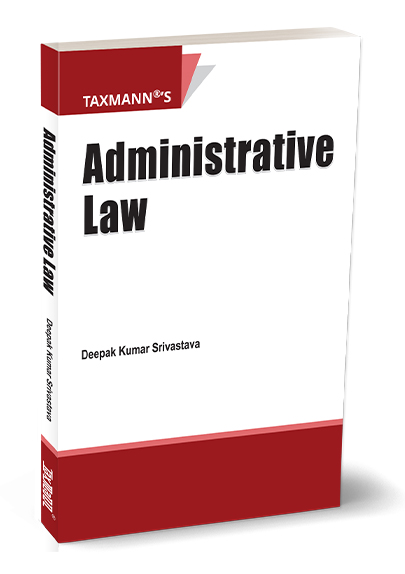
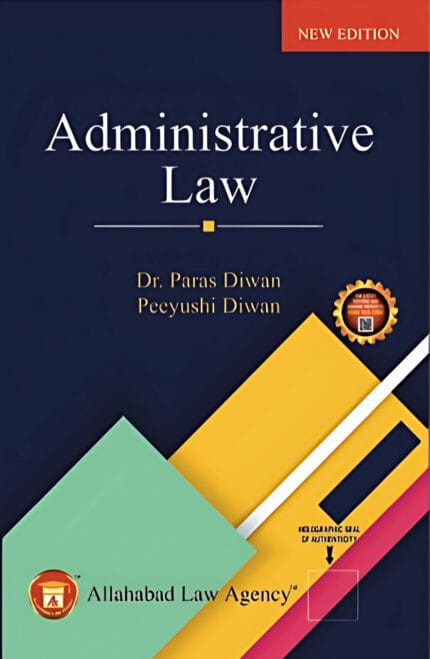
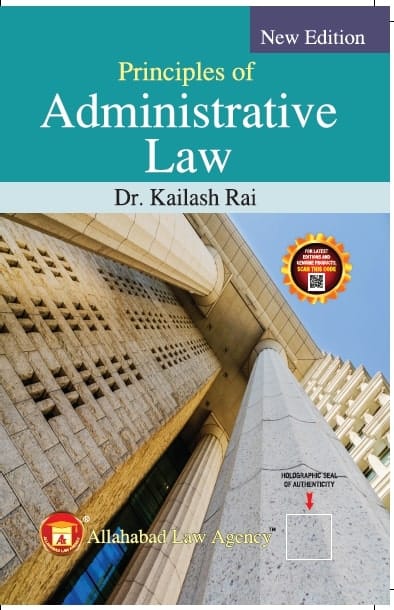
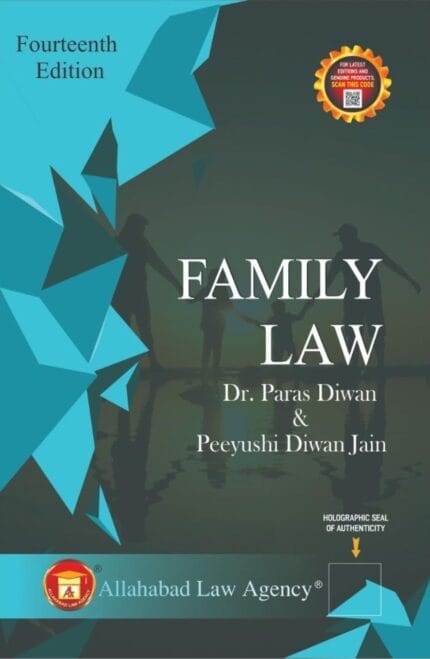
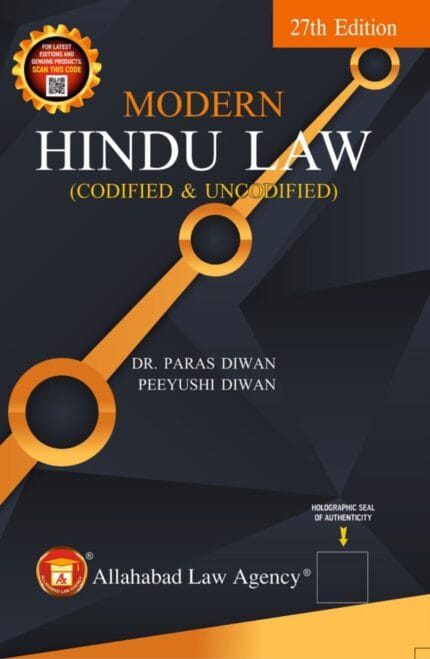
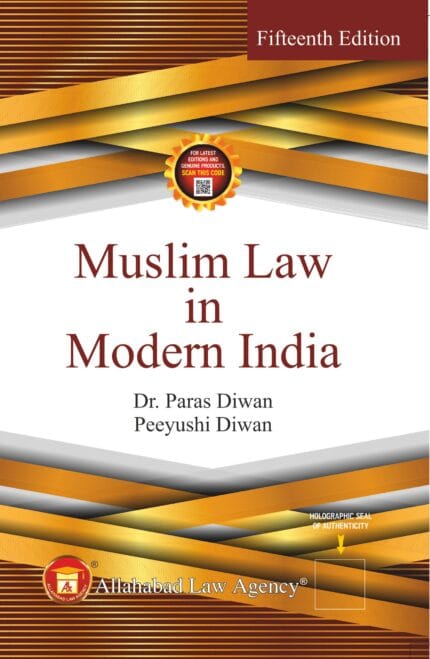
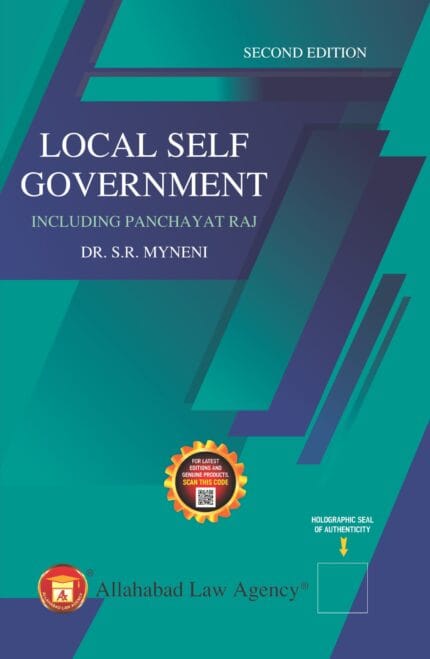
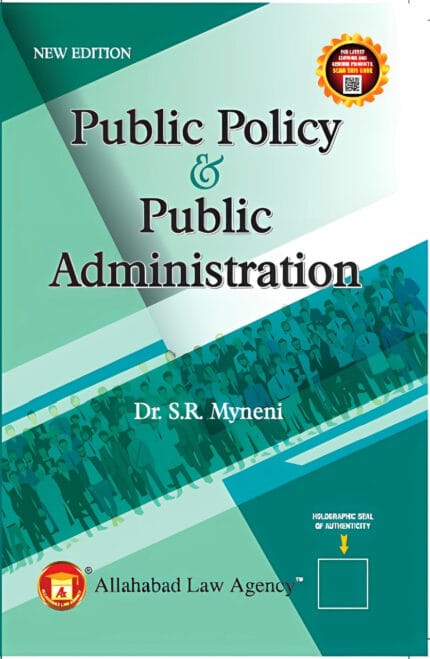
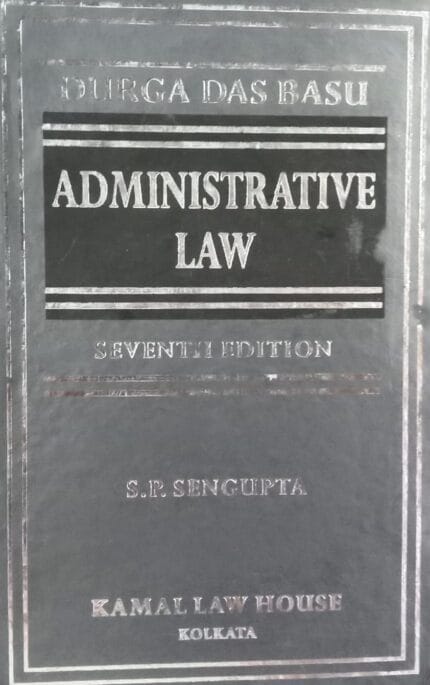
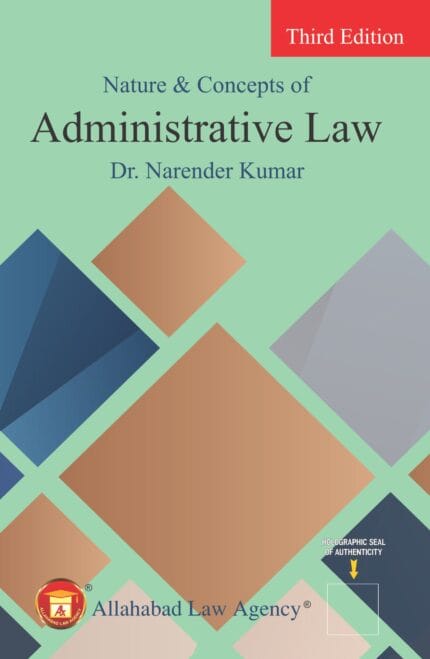
Reviews
Clear filtersThere are no reviews yet.